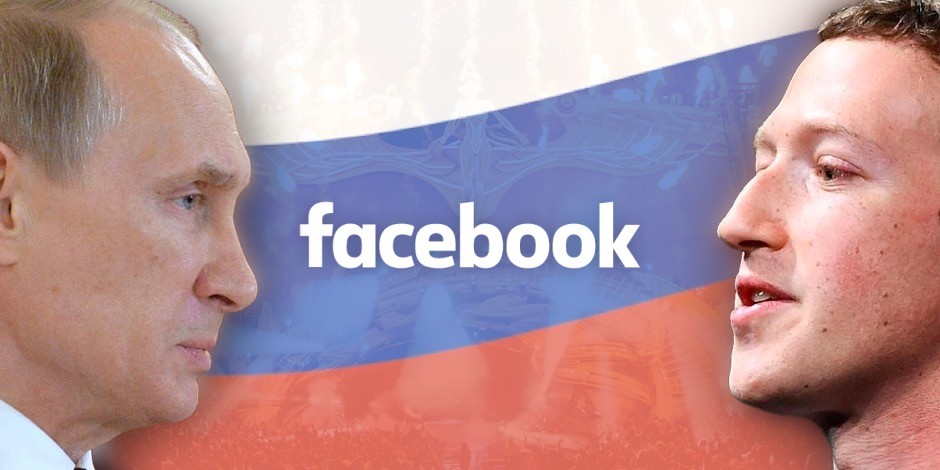Two columns today!
First, my new column in The Drum on what NFTs actually are.
The truth behind NFTs – and what marketers really need to know about the craze
Columnist Samuel Scott wanted to understand the true value of NFTs for marketers. So how better to get to the bottom of the craze than to go out and buy one of his own? Here’s what dabbling in Boris Johnson caricatures and Ethereum trading taught him about marketing’s latest trend.
To riff off a famous Rory Sutherland quote, NFTs are just JPGs and GIFs with advertising budgets.
This month, actress Reese Witherspoon formed a partnership with the World of Women ‘non-fungible token’ collective. Universal Music said it will create ‘collectible NFTs’ with the Curio platform. GameStop announced a future NFT marketplace.
In their coverage of such NFT news, the major media often describe them as ‘a unique token on the blockchain’ or ‘a digital asset that represents real-world objects.’ But those vague terms are meaningless.
NFTs are actually just ways to get more people to use cryptocurrency and thereby increase the artificial money’s value. But people can still learn how certain marketing trends have helped to hype this newest business bandwagon. Hopefully they will then use the ideas for something that actually has value and is not destroying the planet.
In this column, I will go through my attempted step-by-step process of buying an NFT – one that features everyone’s favorite prime minister – to show first what they are and then what we can take from one of the biggest crazes since tulips in 1630s Holland.
But beforehand, I have two requests. First, ignore the NFT propaganda, and focus on what you see. Second, disregard the shills who jump on every bandwagon as ‘The future!’ and consider only the facts. (After all, is anyone still using Segways or Clubhouse?) Now, let’s begin.
Second, In light of recent events, I am re-upping my 2018 column on global politics, social media, and Russia’s propaganda strategy.
